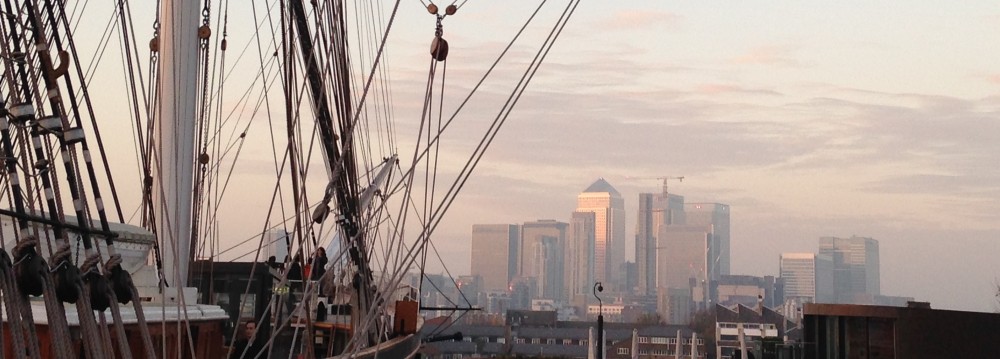History and faith, and empirics
Today, there will not be an opportunity for my traditional jog up to the prehistoric monolith that some ancient tribe erected on the hill behind our town, no chance to place my hand on it in a symbolic gesture of connecting to the past. It is a grey and wet day in Paris, a good day for catching up on my indoor to-do list. Some of the items on this list are mundane sorts of things like clearing and filing the papers on my desk. To get my history fix while going about these tasks, I’ve been listening to a lecture series on the Beginnings of Judaism by Isaiah M. Gafni, a professor at Hebrew University in Jerusalem. The lectures offer an interesting view into use of empirical approaches to understanding history and faith in the Middle East.
The Gafni lectures were given to me by a friend in Jerusalem a few years ago. So, this is not the first time I’ve listened to them. They are quite extensive and a rich source of insights into the historical record and the origins of the theological orientations of Judaism (some of which were carried over into Christianity and Islam). Prof. Gafni has a deep knowledge of ancient texts relating to Judaism and an engaging ability to weave together the cross-cutting themes from religious and literary texts and to place theological developments in their historical contexts. He works in an empirical way, making references to the tangible historical record as he presents the material. His lectures proceed in an orderly, stepwise fashion.
Show me the evidence
While there are certainly big gaps in the ancient historical record in the region, it is impressive how much documentation has survived. Through ancient official documents, commentaries and letters, we can listen in to the actual narrative from a previous era. From time to time, Prof. Gafni presents the various historical figures via their own words. He may quote, for example, a Jewish resident of Alexandria (Egypt) seeking to appeal a tax levy or reference a text by Cicero defending Anatolian interests in a trial in the Roman senate. What strikes me is that some themes in the narrative seem familiar, even though we are separated in time by two millennia or more. For example, one theme is the desire of people to maintain relationships with friends, family or cultural roots, despite being separated geographically.
Naturally, the historical record leaves room for interpretation. We peer into the distant past based on incomplete information. Different methods of inquiry can point to conclusions that vary somewhat. Thus, it is important to consider history from multiple perspectives. In addition to Isaiah M. Gafni, four other authors have been particularly helpful to me in starting to get a handle on the history of this region:
- Karen Armstrong (Jerusalem: One City, Three Faiths),
- Amin Maalouf (Les Croisades vues par les Arabes, The Crusades Through Arab Eyes),
- A.N. Wilson (Paul: the Mind of the Apostle, though this one is a bit controversial), and
- Thomas Sheehan (The Historical Jesus, an audio course, Stanford University).
There are certainly many others that could be cited here. Next on my reading list is the huge, intimidating tome by Diarmaid MacCulloch, Christianity: The First Three Thousand Years.
History, More Than A Hobby
From my partial reading of the record, it certainly seems that human nature for better or worse has not changed very dramatically over the centuries. Despite the many changes in some areas such as technology, people are still driven to some extent by emotions and motives such as compassion, anger, greed, lust, and fear of the unfamiliar, among others. We have improved our collective ability to respond to some of the negative tendencies (e.g., via international accords) and nurture the positive ones (e.g., by recognizing those who promote peace or by organizing associations to do good works). But, we remain far from where we need to be.
In my view, earnest efforts to understand this history merit respect. Insights into recent developments can be gleaned from a study of the historical antecedents. By proceeding in an empirical fashion one may have a chance to approach those with different views, to find common ground, to combat misunderstandings and to find a way forward. I think that such an approach can be constructive in various realms, from politics to theology. It is certainly not easy and requires a bit of humility, but it could prove better than the alternative for all concerned.
